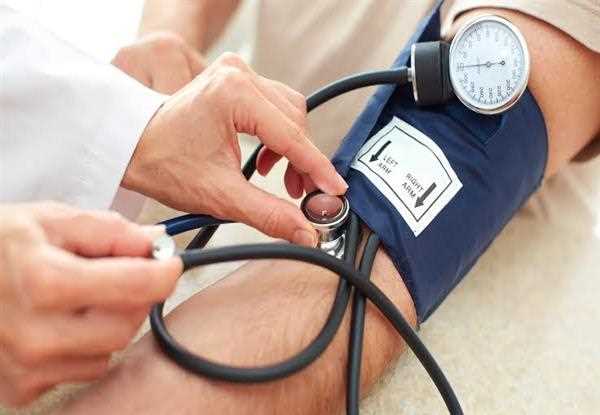When it comes to managing high blood pressure, a healthy and balanced diet can play a crucial role in promoting optimal blood pressure levels. While individual dietary needs may vary, there are some general guidelines that can help guide your food choices. It is always recommended to consult with a healthcare provider or registered dietitian for personalized advice.

The DASH (Dietary Approaches to Stop Hypertension) diet is often recommended as an effective eating plan for individuals with high blood pressure. Here are some key principles of the DASH diet:
- Focus on Fruits and Vegetables: Incorporate a variety of fruits and vegetables into your diet, aiming for about 4 to 5 servings of each per day. These are rich in nutrients, fiber, and antioxidants, which can help lower blood pressure.
- Emphasize Whole Grains: Choose whole grains like brown rice, quinoa, whole wheat bread, and oats over refined grains. Whole grains provide more fiber and nutrients, which can contribute to better heart health.
- Include Lean Proteins: Opt for lean protein sources such as skinless poultry, fish, legumes, and tofu. These are lower in saturated fat and can provide essential nutrients without contributing to high blood pressure.
- Limit Sodium Intake: Reduce your sodium (salt) intake by choosing fresh, unprocessed foods and avoiding high-sodium processed and packaged foods. Aim for no more than 2,300 milligrams (mg) of sodium per day, or even lower if advised by your healthcare provider.
- Reduce Saturated and Trans Fats: Minimize your intake of saturated and trans fats, found in foods like fatty meats, full-fat dairy products, fried foods, and commercially baked goods. Instead, choose healthier fats such as those from nuts, seeds, avocados, and olive oil.
- Moderate Dairy Consumption: Select low-fat or fat-free dairy products to limit your intake of saturated fats while still benefiting from essential nutrients like calcium and vitamin D.
- Limit Added Sugars: Reduce your consumption of foods and beverages that are high in added sugars. Opt for natural sweeteners like fresh fruits or moderate amounts of honey or maple syrup if needed.
- Watch Portion Sizes: Be mindful of portion sizes to maintain a healthy calorie balance and manage weight, as excess weight can contribute to high blood pressure.
It's important to note that the DASH diet is just one approach, and there may be other dietary patterns or modifications that can be beneficial based on individual needs. Working with a healthcare provider or registered dietitian can help tailor a dietary plan that suits your specific health condition and goals.
In addition to dietary modifications, maintaining a healthy lifestyle by engaging in regular physical activity, managing stress levels, and avoiding tobacco and excessive alcohol consumption can further contribute to better blood pressure control.
Remember, it's always best to seek personalized advice from healthcare professionals to develop an appropriate dietary plan that suits your unique circumstances.